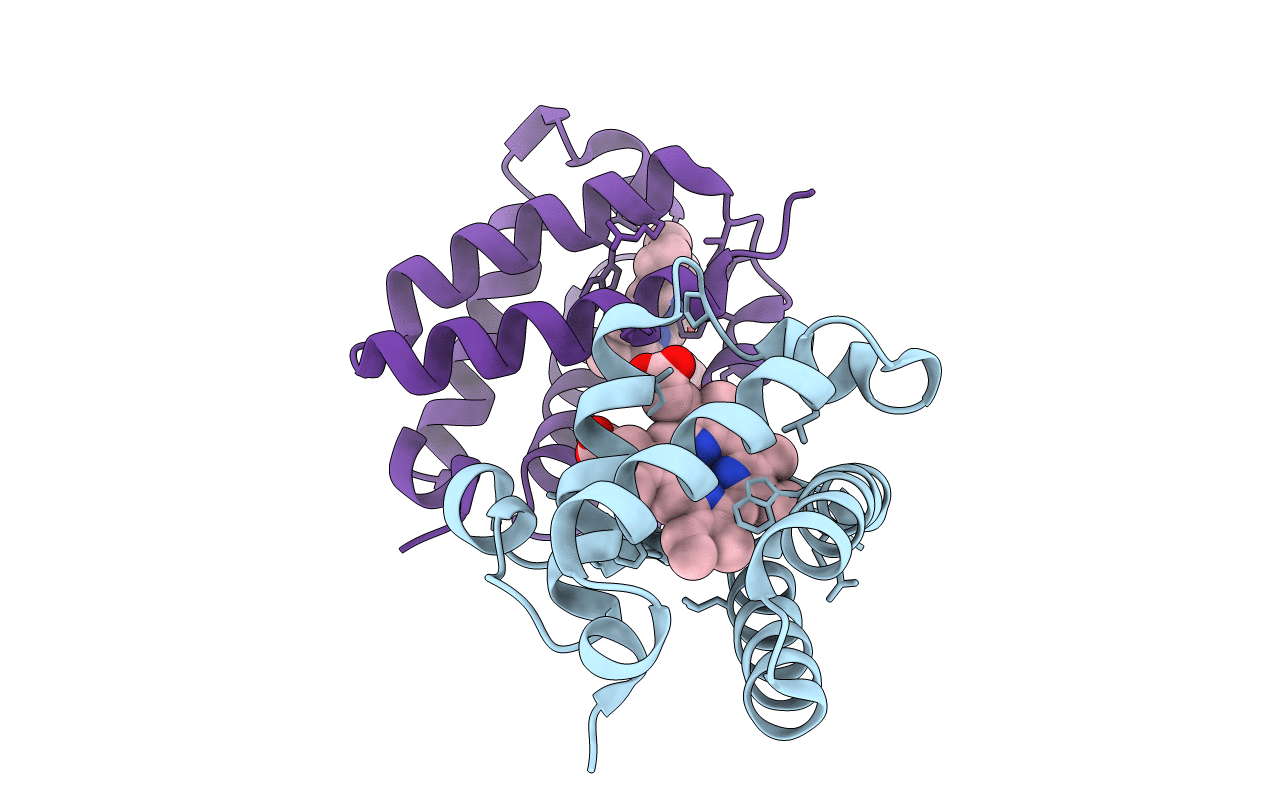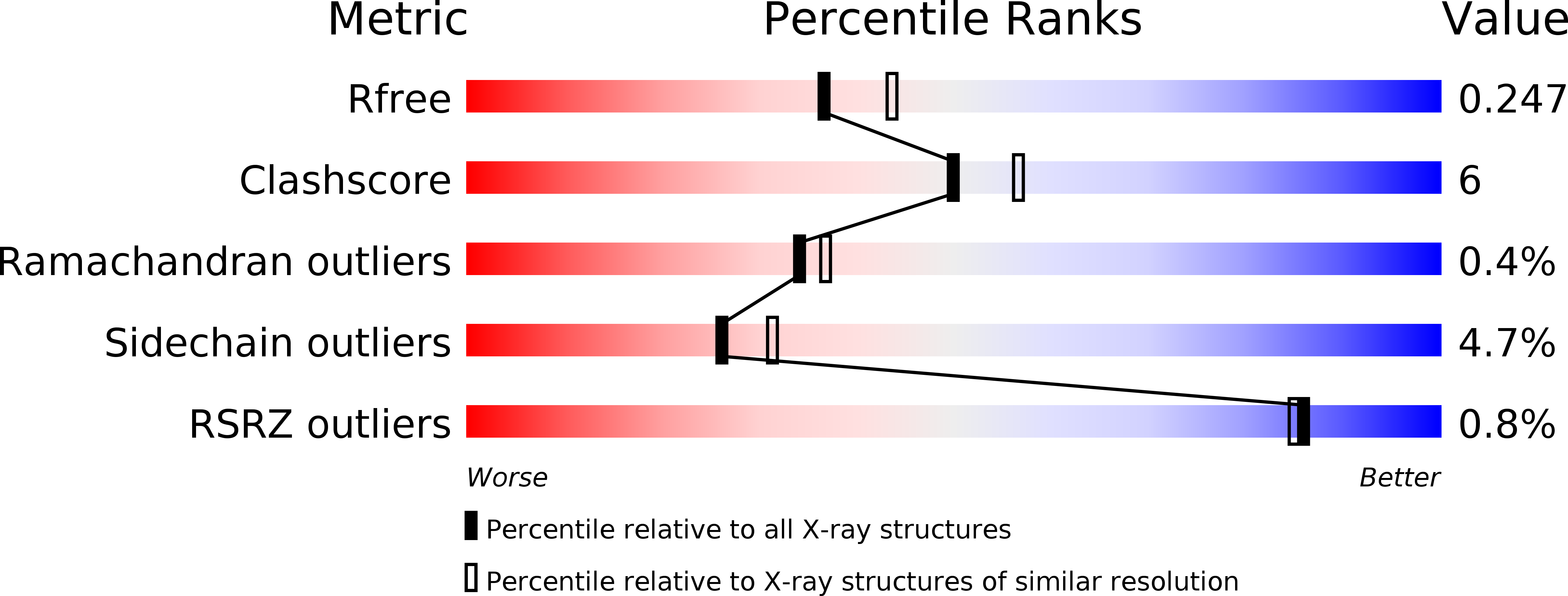
Deposition Date
2014-07-31
Release Date
2015-06-10
Last Version Date
2024-01-10
Entry Detail
PDB ID:
4UUR
Keywords:
Title:
Cold-adapted truncated hemoglobin from the Antarctic marine bacterium Pseudoalteromonas haloplanktis TAC125
Biological Source:
Source Organism:
PSEUDOALTEROMONAS HALOPLANKTIS (Taxon ID: 228)
Host Organism:
Method Details:
Experimental Method:
Resolution:
2.21 Å
R-Value Free:
0.24
R-Value Work:
0.18
R-Value Observed:
0.18
Space Group:
P 21 21 21


